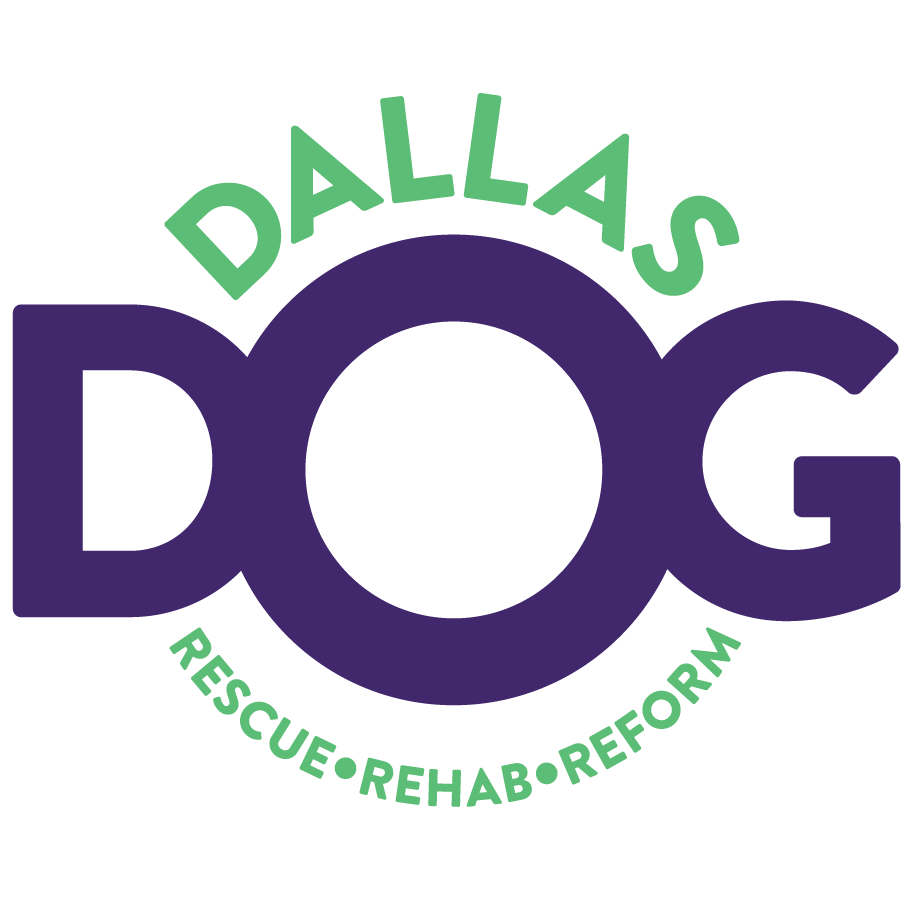Socialization
Socialization is one of the most important aspects of a dog’s development, but it’s often misunderstood. It’s not just about introducing your dog to as many people or dogs as possible. True socialization goes beyond simple exposure—it’s about helping your dog build confidence, learn appropriate behavior, and feel comfortable in different environments, with various stimuli, and around other people and animals.

Socialization: It’s Not Just About Meeting a Bunch of People
Socialization is one of the most important aspects of a dog’s development, but it’s often misunderstood. It’s not just about introducing your dog to as many people or dogs as possible. True socialization goes beyond simple exposure—it’s about helping your dog build confidence, learn appropriate behavior, and feel comfortable in different environments, with various stimuli, and around other people and animals.
Why Socialization Is So Important
Proper socialization is key to raising a well-adjusted, confident, and well-behaved dog. Dogs that lack proper socialization may develop behavioral issues such as fear, anxiety, or aggression. They might become overly fearful of strangers, react poorly to other dogs, or struggle with new experiences. Socialization helps dogs learn how to react appropriately in different situations, reducing their risk of developing behavioral problems and enhancing their overall quality of life.
What Does Socialization Really Involve?
1. Exposing Your Dog to Different Environments
It’s important to expose your dog to a variety of environments, not just people or dogs. A trip to the park, a busy street, a friend’s house, or even different flooring types can help your dog become accustomed to new settings and sounds. The goal is to expose them to different sights, smells, and sounds so they learn that not everything new is a threat. The more experiences they have, the more confident they will be.
2. Positive Experiences with People
While meeting people is important, it’s equally important to ensure these experiences are positive. Socialization involves introducing your dog to different people in a calm and controlled way. It’s important that the encounters are pleasant, and the people involved respect your dog’s boundaries. This helps your dog learn to be comfortable with a variety of people, not just a specific type. Positive interactions help dogs build trust and confidence in humans.
3. Socializing with Other Dogs
It’s not just about meeting other dogs; it’s about learning appropriate dog-to-dog behavior. When socializing with other dogs, it’s essential to ensure that both dogs have good body language, and their interactions are positive and respectful. Dog parks or playgroups can be good for this, but it’s essential to monitor play to ensure no dog feels overwhelmed or threatened. Socializing with well-behaved dogs helps your dog learn how to interact appropriately with other canines.
4. Handling Different Stimuli
Socialization also involves exposure to other stimuli like traffic, bicycles, loud noises, and unfamiliar objects. This helps your dog become comfortable with everyday life situations, ensuring they don’t react with fear or anxiety. Introducing them to new objects, surfaces (like elevators or stairs), and different types of people (people in uniforms, people with hats) is just as critical as meeting other animals.
5. Training and Boundaries
Socialization isn’t just about exposure, it’s also about teaching your dog appropriate behavior. It’s important to pair socialization with training to ensure that your dog knows how to behave in different situations. This might involve teaching your dog to sit politely for greetings, not jumping up on people, or staying calm around new stimuli.
Signs of Poor Socialization
Dogs that haven’t been properly socialized may exhibit several behaviors that indicate they’re uncomfortable in certain situations:
• Fearful behavior: Cowering, hiding, or avoiding people or dogs.
• Aggression: Growling, barking, or lunging at people or other dogs.
• Excessive anxiety: Panting, drooling, or acting distressed in new situations.
• Shyness or timidity: Retreating when approached by new people or dogs.
These behaviors can often be managed or corrected with proper socialization, but it’s important to start early and be consistent with your efforts.
When to Start Socializing
The best time to start socializing is during the critical period of puppyhood, which occurs between 3 and 14 weeks. This period is when puppies are most receptive to new experiences. However, older dogs can still be socialized successfully. While it may take more time and patience with an adult dog, it’s entirely possible to help them become more confident and comfortable in different situations.
Socialization Tips:
• Start slow: If your dog is fearful or anxious, don’t overwhelm them. Gradually increase the level of exposure in a controlled way.
• Reward good behavior: Reinforce calm and positive behavior with treats and praise.
• Stay calm and confident: Your dog will pick up on your energy, so staying calm and confident will help them feel more secure.
• Control the environment: Especially when introducing your dog to new people or dogs, ensure the situation is calm and under control to avoid overwhelming your dog.
• Seek professional help if needed: If your dog shows signs of extreme anxiety, fear, or aggression, it might be helpful to consult with a professional dog trainer or behaviorist for additional support.
True socialization isn’t just about meeting a lot of people or dogs—it’s about giving your dog the experiences and tools they need to navigate the world confidently. By exposing your dog to a variety of environments, people, dogs, and stimuli in a controlled and positive way, you set the foundation for a well-adjusted and balanced dog. Socialization helps your dog thrive in new situations and reduces the risk of fear-based behavior in the future.

